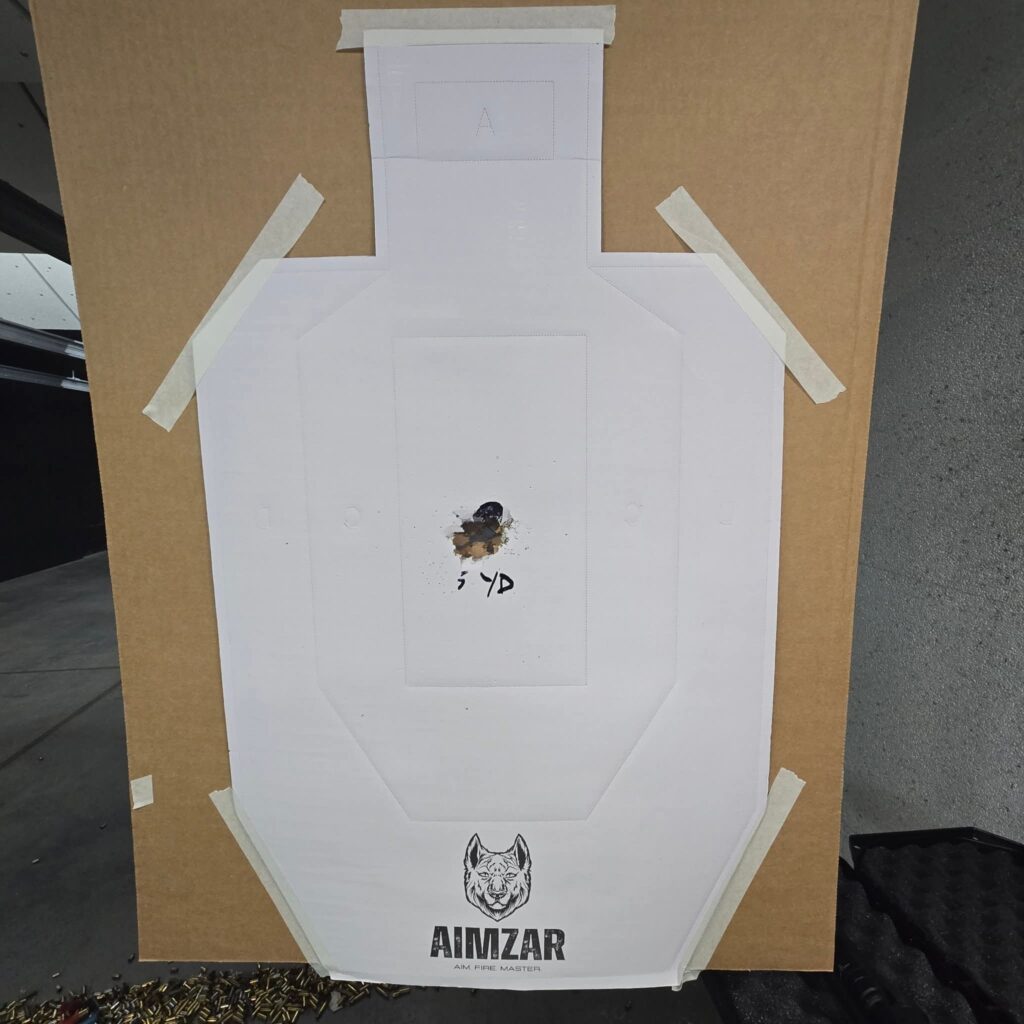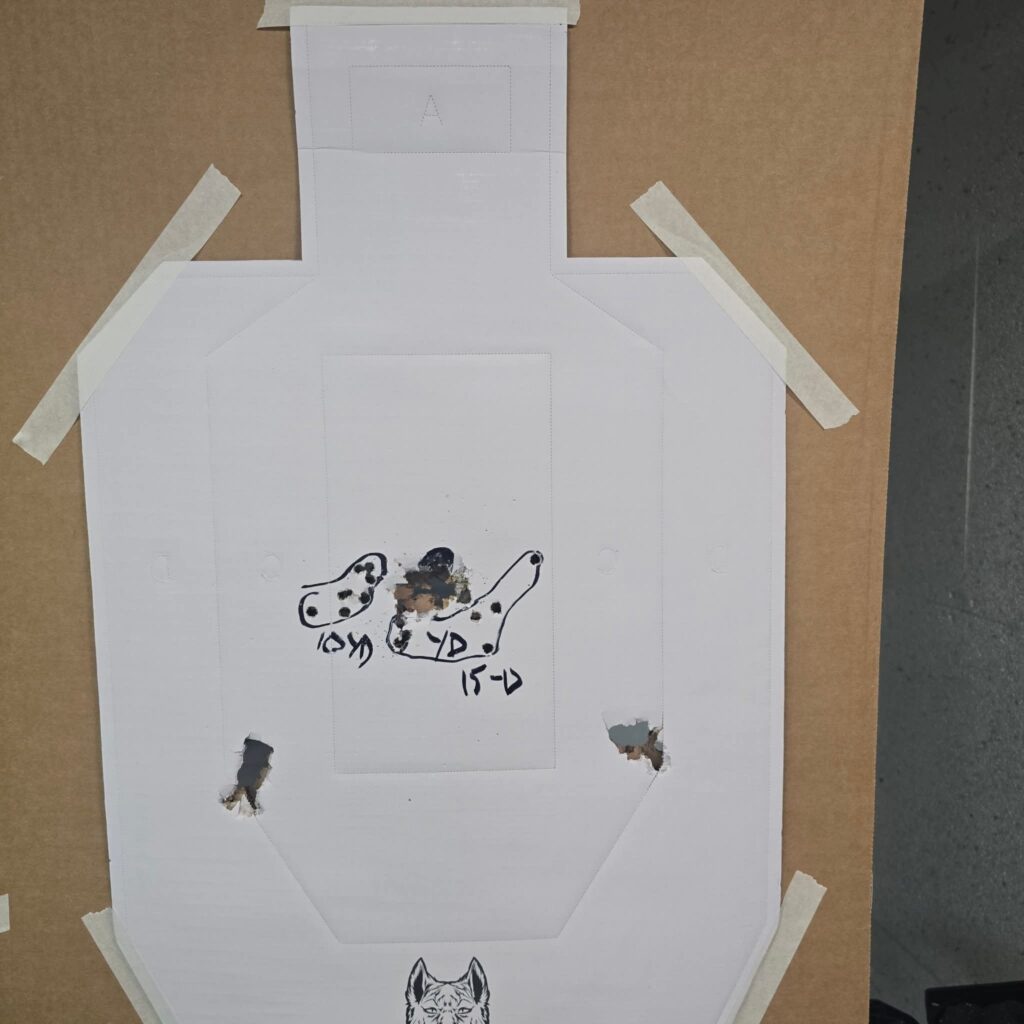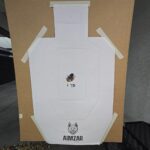Shotguns for Self-Defense: Power, Practicality, and the Truth.
When it comes to home defense, few firearms are as iconic—or as misunderstood—as the shotgun. Its reputation for raw stopping power and intimidation is well-earned, but myths surrounding its use can lead to dangerous misconceptions. One of the most persistent myth is that you don’t need to aim a shotgun.
Shotguns offer several advantages in a self-defense scenario:
Stopping Power: A 12-gauge shotgun loaded with buckshot delivers immense force, often enough to neutralize a threat quickly._
Versatility: You can choose from a variety of loads—birdshot, buckshot or slugs, which makes the shotgun versatile in the field and the home. Just remember, birdshot is for birds, not for self-defense and slugs can pose over penetration problems in close quarters. _
Ease of Use: Pump-action and semi-automatic shotguns are relatively simple to operate and maintain._
These features make shotguns a go-to choice for many homeowners. But owning one responsibly means understanding how it actually works in a defensive situation.
The myth that you don’t have to aim a shotgun
likely stems from Hollywood portrayals and misunderstandings about shot spread. The idea is that a shotgun sprays pellets so widely that aiming is unnecessary—just point in the general direction and pull the trigger.
Reality check: At typical home defense distances (often less than 10 feet), the spread of buckshot is minimal—just a few inches. That means you absolutely do need to aim to hit your target effectively and avoid collateral damage.
Failing to aim can result in missing the threat entirely or, worse, hitting something—or someone—you didn’t intend to.
The below 3 pictures show the spread of buckshot at 5, 10 and 15 yards. In the first picture at 5 yards (15 feet), which is larger than the average bedroom, the buckshot and the wad are still together and the spread isn’t much larger than the diameter of the wad. In the second picture at 10 yards (30 feet), which is about average for the length of a hallway, the wad has separated but the spread of shot is still very small. Finally at 15 yards (45 feet) the shot is still only about 4 inches.



Training and Practice Matter: Like any defensive tool, a shotgun is only as effective as the person using it. Regular practice at the range, understanding your chosen ammunition’s behavior, and learning proper aiming techniques are essential.
Consider these tips: (1) Use a red dot or ghost ring sight to improve accuracy.
(2) Practice with your home layout in mind—know your angles, cover, and potential backstops and (3) Train under stress to simulate real-world conditions.
Final Thoughts Shotguns can be incredibly effective for self-defense, but they’re not magic wands. Dispelling myths like “you don’t have to aim” is crucial for safe and responsible ownership. If you choose a shotgun for home defense, commit to learning how to use it properly—it could make all the difference when it matters most.
Here at Boondocks we offer both a half day Basic Shotgun and a full day Defensive Shotgun training course. If a shotgun is part of your self-defense strategy I encourage you to consider taking one of these courses.

